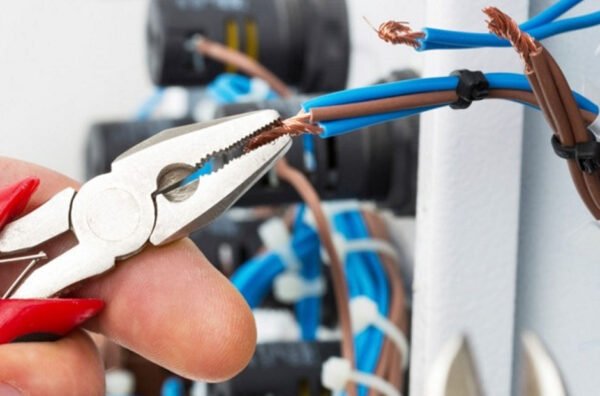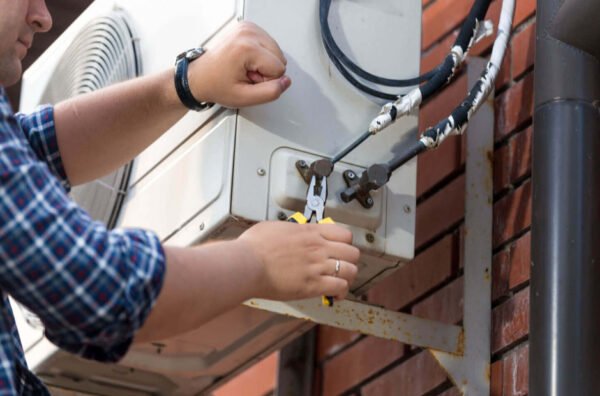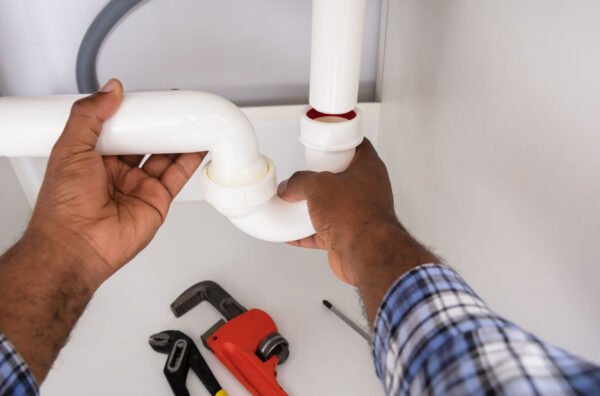Navigating Electrical Services: A Comprehensive Guide
Electrical services encompass various activities, from installations and maintenance to repairs and upgrades. Understanding the scope...
By Robert BrownMay 26, 2024Exploring the Importance of Suction Line HVAC Systems
In the realm of HVAC (Heating, Ventilation, and Air Conditioning) systems, the suction line plays a...
By Robert BrownMay 26, 2024Eco-Friendly Roofing Options: Exploring Sustainable Choices with Roofing Companies
Many homeowners seek ways to reduce their ecological footprint as environmental awareness grows. One significant area...
By Robert BrownMay 26, 2024Residential Windows: A Guide to Energy Efficiency and Aesthetic Appeal
The Role of Windows in Home Energy Efficiency Well-designed windows are central to the energy efficiency...
By Robert BrownMay 25, 2024The Best Road Trips To Take in Your New Car
There’s just something about taking a long road trip that leaves you feeling exhilarated and excited...
By Robert BrownMay 25, 2024Prostate Powerhouse: A Guide to Maintaining a Healthy Prostate Throughout Life
As men age, it’s not uncommon for the prostate to enlarge, leading to a condition called...
By Robert BrownMay 25, 2024Excellent Extension: How to Break Your Domain Name Creation Block
Domain names, at first glance, may seem innocuous. After all, they are that small series of...
By Robert BrownMay 24, 2024Built to Last: Ensuring Your Home Meets Code Standards
When it comes to the structural integrity of your home, meeting code standards isn’t just about...
By Robert BrownMay 24, 2024Exploring the Diversity of Pipe Materials and Fittings in Plumbing Systems
Pipes and fittings are integral components in various systems, including plumbing, heating, and industrial processes. They...
By Robert BrownMay 24, 2024The Essential Guide to Retirement: Everything You Need to Know
A big turning point in life is retirement, which signifies the end of one’s career and...
By Robert BrownMay 23, 2024Secret Weapon of Reliable Research: Inter-Rater Reliability Explained
Inter-rater reliability is like a secret tool for good research. It makes sure that when data...
By Robert BrownMay 23, 2024Gift the Thrill: 5 Unforgettable Driving Experiences for Car Enthusiasts
Are you trying to find the ideal present for the person in your life who loves...
By Robert BrownMay 23, 2024Botox 101: Understanding the Treatment in 7 Key Points
In today’s quest for eternal youth and beauty, Botox has emerged as a household name and...
By Robert BrownMay 23, 2024A Concise History of the Polo Shirt and How It Makes a Timeless Addition to Any Wardrobe
The modern fashion industry is subjected to constant evolution, while if you are looking for a...
By Robert BrownMay 23, 2024Can a Linen Duvet Cover Improve Your Sleep Climate?
A good night’s sleep is vital for our physical and mental wellbeing. But what if you’re...
By Robert BrownMay 23, 2024






















